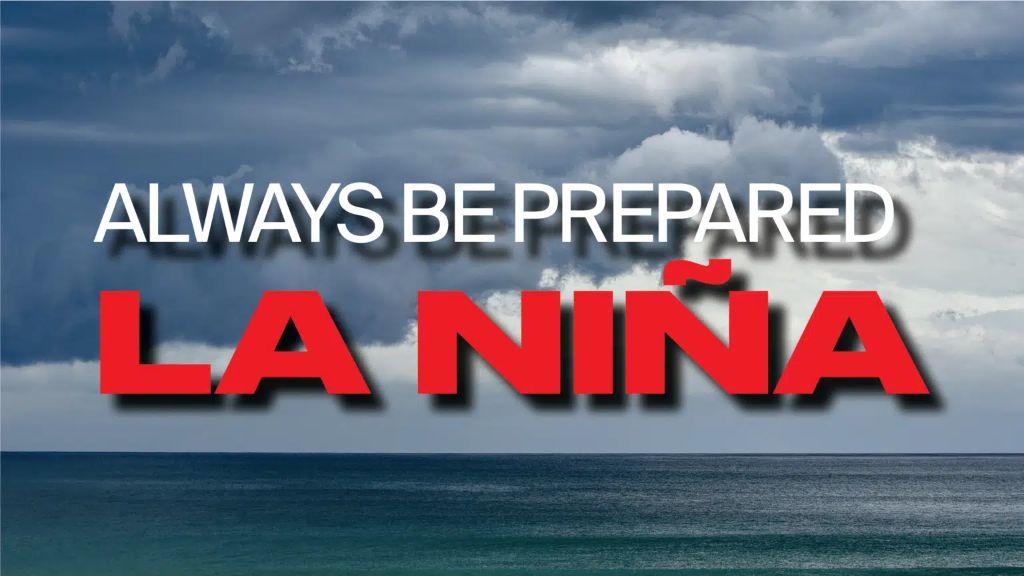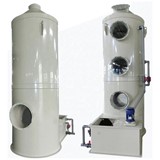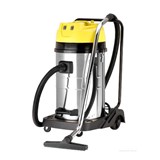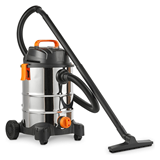Listen now to the wind, babe;
Listen now to the rain.
Feel that water lickin’ at my feet again…
- Cold Chisel, Bow River
It’s gonna be a wet one! The weather pattern known as La Niña looks set to bring more rain and cooler weather to Australia’s Eastern coast during the summer of 2022/23. After what has already been a wet year, being prepared for keeping things dry makes good sense.
STG Global’s range of vacuum trucks are perfect for keeping drains clear, maintaining various specialist drain types, and for sucking up excess water before it can do any damage. So let’s take a look at what makes up a La Niña summer and how STG Global can help you to prepare.
Ay Karumba! What is La Niña?
In his book Pacific, the British writer Simon Winchester describes how anchovy fishermen working off the coast of Peru during the 1800s would notice a periodic cycle of weather that would reduce their catches. This was characterised by a warming of the seawater where they fished, which would result in the anchovies (a cold-water species) staying further offshore, where the fishermen could not reach them.
The lack of fish would impact the entire local food chain. Seabirds would die of starvation, their eggs wouldn’t hatch, and sea life such as turtles squid and seals would starve. The situation was not only an economic disaster; it was also a sinister portent of Heavenly displeasure.
“Because the happenings invariably arrived around the anniversary of Christ’s birth,” writes Winchester, “the fishermen would name it, with a bitter and sardonic humour, El Niño de Navidad, the “Christmas Child.”
El Niño
The El Niño effect is, in fact, the result of the Humboldt Current, which brings cold, nutrient-laden water up the coast of South America from Antarctica, being replaced by warmer water flowing down from the Equator. This warmer Equatorial water pushes the cold Antarctic water out into the Pacific so the shoals of anchovies would spend the summer out there: far beyond the reach of the Peruvian fishermen.
The name El Niño was later coined by meteorologists to describe a much larger, Pacific-wide summer of hot, dry weather. The warm Equatorial waters are pushed across the Pacific with the help of the so-called Southern Oscillation: circular wind currents that blow in an anti-clockwise direction from South America to East Asia.
These warm waters create the conditions for a series of hot, dry summers in countries such as Australia and New Zealand. But then, everything changes.
La Niña
The weather pattern known as La Niña is the complete opposite. The Equatorial current recedes, allowing the cold Humboldt Current waters to cycle across the Pacific in exactly the same way that the warm El Niño waters do. But the resulting weather pattern that La Niña (Spanish for “The Girl”) brings is characterised by lower average sea temperatures, cooler weather onshore…and more rain.
Since 1900 there have been 18 La Niña events in Australia, each one lasting around nine to twelve months and occurring approximately every eight years. And this summer is predicted to be one of those years.
The Effect of Climate Change on La Niña.
Climate change is having a profound effect on Australia’s economy, environment and lifestyle. With rainfall expected to become less frequent but more intense, water sources are not only likely to become more prone to drought at some times, but to also suffer more damage due to sudden inundation by heavy rain.
This odd paradox of paucity and plenty is one of the key reasons why local authorities and contractors need to be prepared for these La Niña events.
A coastal population
Australia’s population is highly concentrated around the eastern coast. Our cities, towns and rural areas have well-developed networks for coping with stormwater and runoff. But even so, when the heavens open these can easily be overwhelmed. Ongoing management of stormwater through retention systems, waterway clearance and reduction of impervious surfaces can shoulder some of the load. But when systems become overwhelmed by the sheer volume of water delivered during a La Niña event, being able to rapidly unblock drains, and remove excess water is vital. And this is where STG Global can be of service.
Suck it up
These days, vacuum trucks are the go-to machine for sucking the crap out of drains, sand filters and silt traps, and for rapidly getting rid of overflowing water before it can do any damage. Some of the situations in which vacuum trucks can be employed are:
- Up-Flo Filter Maintenance. These Filters Remove Pollutants By Passing The Stormwater Through A Series Of Media And Angled Screens. Solids Collect In A Sump At The Base And These Can Be Sucked Out.
- Sand Filter Cleaning. These Concrete Chambers Allow Solids To Settle Out Of Stormwater Flowing Off Impervious Surfaces. They Typically Contain Layers Of Sand Or Peat, Geotextile Cloth And Scoria, And Are Installed Where Runoff Contains High Amounts Of Litter, Brake Lining, Rubber, Oil And Silt.
- Soak-Hole Cleaning. Soak Holes Are Chambers With Bores Under Them To Allow Water To Gradually Soak Into The Underlying Ground. The Chambers Catch Various Solids Such As Vegetation, Dead Critters And Silt, And Can Be Easily Cleaned Out With A Vacuum Truck.
- Drain Unblocking. Stormwater Drains Often Become Blocked By Vegetation, Trash And General Crud. Vacuum Trucks Can Suck Up This Material And Can Also Be Used To Pressure-Clean Blocked Pipes. Excess Water Pooled Around Blocked Drains Can Also Be Sucked Up And Either Pumped Directly Into An Adjacent Watercourse Or Taken Away If Necessary.
- API Interceptor Cleaning. These Specialist Filtration Systems Are Designed To Separate Hydrocarbons From Runoff And Are Most Often Installed At Truck Stops, Service Stations, Oil Terminals And Vehicle Servicing Centres. The Material Collected By These Filters Is Toxic And Can Only Be Collected Using A Vacuum Truck.
By the way. If you’d like to read more about stormwater management, Stormwater Australia has an excellent website with all sorts of resources about drainage systems, urban stormwater and rural waterway control.
Get Ready for the Wet Season.
Ensuring that your gear is ready for action before it is needed is vital in today’s world, where rapid response times and sustainable practices are paramount. At STG Global we have an extensive range of vacuum trucks ready to go. We also provide an extensive servicing network across Australia meaning that you can get your gear into the ultimate state of readiness before the rains begin to tumble down.











